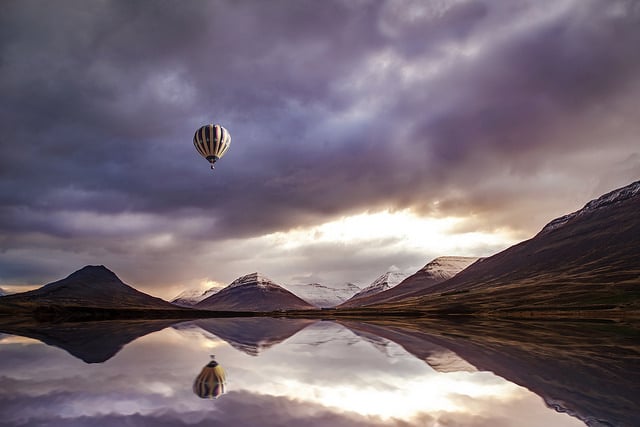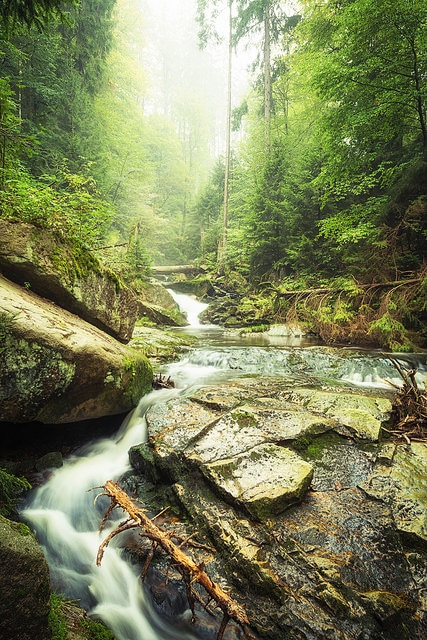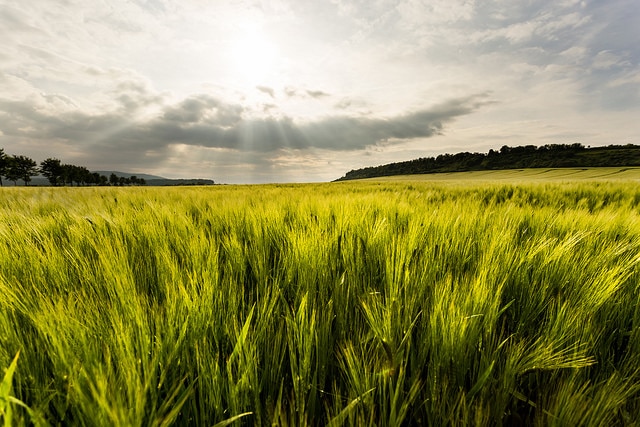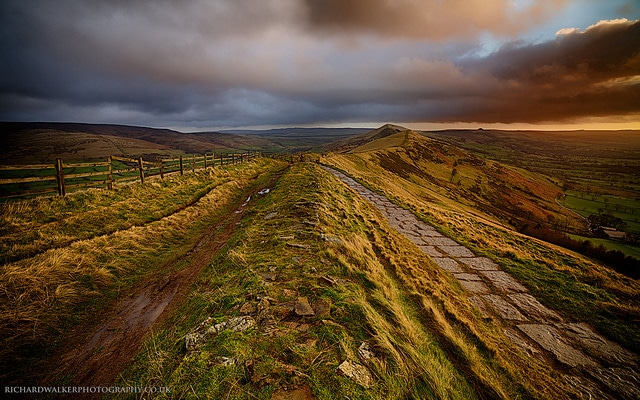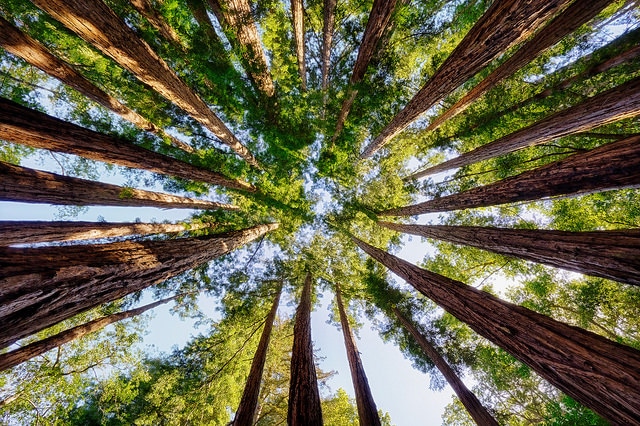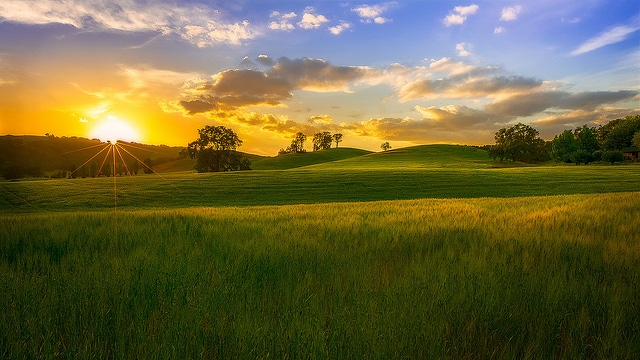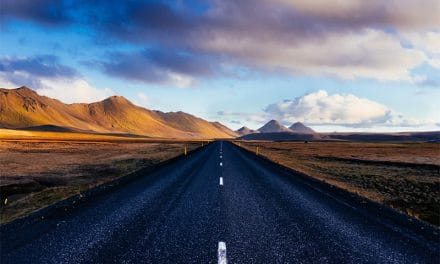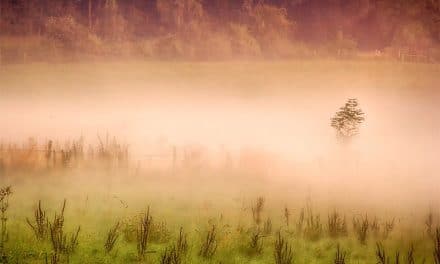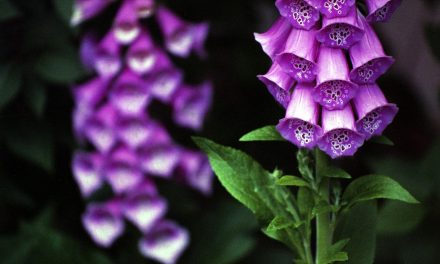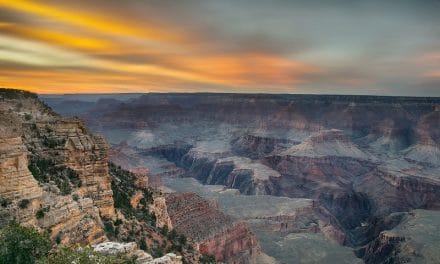What’s the secret that separates snapshot images from museum-quality photographic works of art?
Composition!
A good composition can make just about any subject interesting –but one that’s poorly executed, on the other hand, can render even the most exciting photo opportunity as flat and boring.
Put simply, the composition of an image refers to the way that various elements of a scene are put together. The goal of a good composition –in any art form, is to arrange, manipulate, and use the available elements at hand, to create a pleasing or dynamic whole.
While there’s no secret bullet that will instantly elevate your photography, one of the best ways to take your photographs to the next level, is learning some of the tried and true compositional guidelines that photographers around the world have used for decades to create fascinating, and dynamic images. But mastering composition isn’t about following a list of hard and fast rules each and every time, instead, these guidelines are best taken as a starting point. They give you a great place to begin if you find yourself looking at the scene before you wondering where to start.
With this in mind, let’s take a look at eight excellent compositional guidelines. See how you can use these tips in your landscape photography to enhance and elevate your images.
→ Related reading: Helpful Composition Rules for Landscape Photography
1. Tell a Story
Exceptional images always tell a story. They grab your attention, draw you in, and make you feel something; whether it’s intrigue, interest, fascination, happiness, or excitement. The best way to elicit an emotional response with your photography, and make your viewers feel something, is by creating meaningful images, ones that tell a story, no matter how simple it may be.
Every composition has the potential to tell a story, whether it’s capturing the melancholic mood of the last dwindling leaves of autumn, or showcasing the frigidness and isolation that winter brings. No matter what your story is, capturing it in your compositions will help you to create meaningful and dynamic images –ones that truly stand out from the crowd.
2. Change Your Perspective
It’s easy to get into a rut of capturing images from eye level, or, in the case of landscape photography, from the height of your go-to-tripod-setting. But sometimes, looking to capture things in a new way involves looking for unique angles.
When framing your composition, ask yourself, “Is there a better or more effective way to capture this setting?” Sometimes, going up to a higher vantage point, or getting lower to include some great foreground can result in a better image. If your composition’s just not working for you, try changing your location. Even moving a few steps to the side is sometimes all it takes.
→ Related reading: How Perspective Impacts Landscape Photography
3. Include Foreground Interest to Add Depth
Adding foreground interest to your landscape images is a great way to add depth to your compositions, resulting in images that are more dynamic, and three-dimensional. Including foreground can also assist in “setting the scene,” adding context to the image, and highlighting important details that tell your story.
Wide angles are one of the best lenses for capturing foreground, since these lenses help to exaggerate the sense of distance between elements in the scene, causing the objects that are up-close to appear bigger, and the mountains in the distance to seem further away –which can make for some exciting landscape images.
→ Related reading: How to Use Foreground Elements in Compositions
4. Look to Add Leading Lines
Another way to enhance your landscape images is by looking to include leading lines that draw the viewer’s eye into the setting, and through the image –or toward the main point of interest. Leading lines don’t have to be straight –although horizontal, vertical, and diagonal lines are all great leading lines, they can also be jagged or winding –like the tops of a mountain range, or a river, snaking through the valley below.
Keep in mind that different lines can change the dynamic of your compositions. For instance, while diagonal lines tend to convey a sense of energy and speed –horizontal lines can add stability to a scene. Vertical lines can be used to convey growth, while crooked lines tend to add a sense of forebodingness to a composition. Winding lines express movement, and are especially effective at keeping the eyes moving through a scene.
5. Strive for Simplicity
Sometimes, less is more. This is especially true in landscapes, where it’s easy to succumb to the temptation to fit everything in. However, in most cases, you’ll want to simplify. Challenge yourself to leave everything out except for the details that help to tell your story, or otherwise enhance your image. Remember: your goal isn’t to fit everything in; it’s to tell your story in the most effective way possible. In most cases, the best way to create a powerful image is a simple and clear composition.
6. Consider the Rule of Thirds
To understand the rule of thirds, imagine that a grid is placed over your image, dividing it up into nine equal rectangles, three across and three down. This rule dictates placing the main points of interest on the intersections of these rectangles, rather than in the middle of the image. In many cases, landscapes can benefit by having the main points of positioned this way –but it’s important to note that this will depend greatly upon your subject matter, and the type of image that you’re creating.
7. Consider Centering Your Subject
In contrast to the rule of thirds, is the decision to place your subject or main point of interest dead center. Keep in mind that as a general rule, placing subjects off to the side tends to result in a more dynamic image –but positioning them in the center is often more suitable if you’re looking to construct an image that conveys a sense of stability or symmetry.
This type of composition works well for creating well-balanced or symmetrical images –such as when you’re capturing a ‘frame within a frame’ –such as an archway or door. Centering the subject also works well when you’re trying to showcase its prominence or grandeur, for instance, when photographing a strong oak tree or imposing mountain. It also lends itself well to square-cropped compositions.
8. Balance
It’s important to ensure that your images are well-balanced. If you position some elements off to the side, you’ll usually want to balance your composition by including something on the other side of your image as well. This could be a smaller element or something in the distance. Of course, if you’re looking to showcase one particular object –and contrast it with the surrounding area, you can use blank space –such as a clear blue sky in the background to help it stand out. Just take care to position your key element in a way that doesn’t cause one side of the image to have too much visual weight.
While there are quite literally dozens of different compositional guidelines that you can use to enhance your images, the most important thing is knowing when to use the rules, and when to break them.
A great image isn’t about trying to “fit as many guidelines into the composition as possible,” rather, it’s about creating an exciting image –and when the situation calls for it, using some of these tried and true guidelines to help you achieve your end goal: creating an eye-catching image that’s effective at generating interest –one that tells a story.
What are some of your favorite landscape compositional “rules?”
Photo license links: CC BY 2.0, CC BY-SA 2.0, CC BY-ND 2.0


